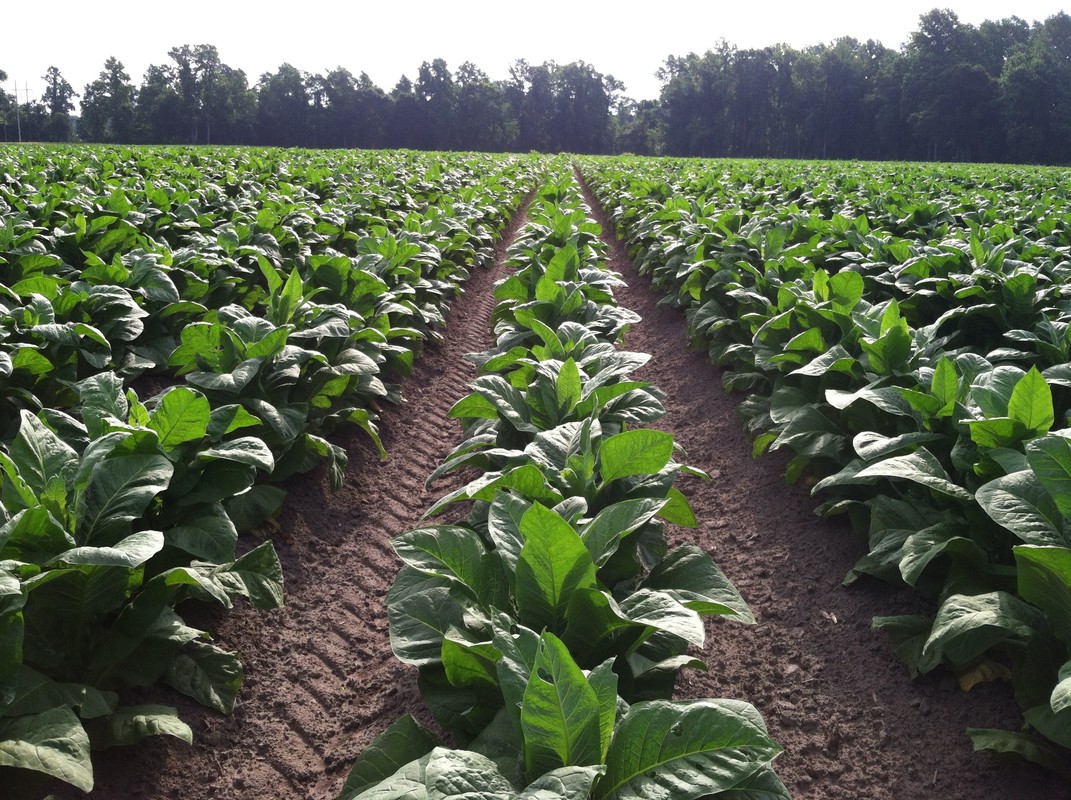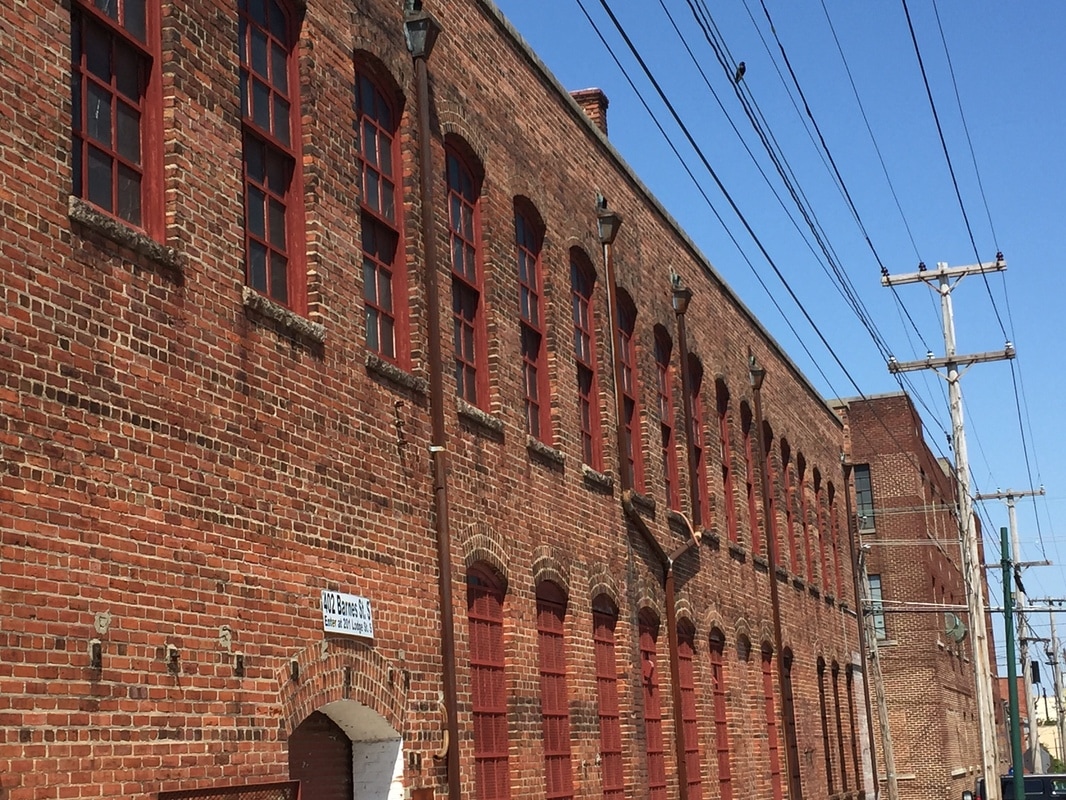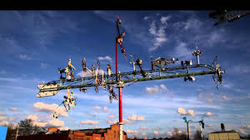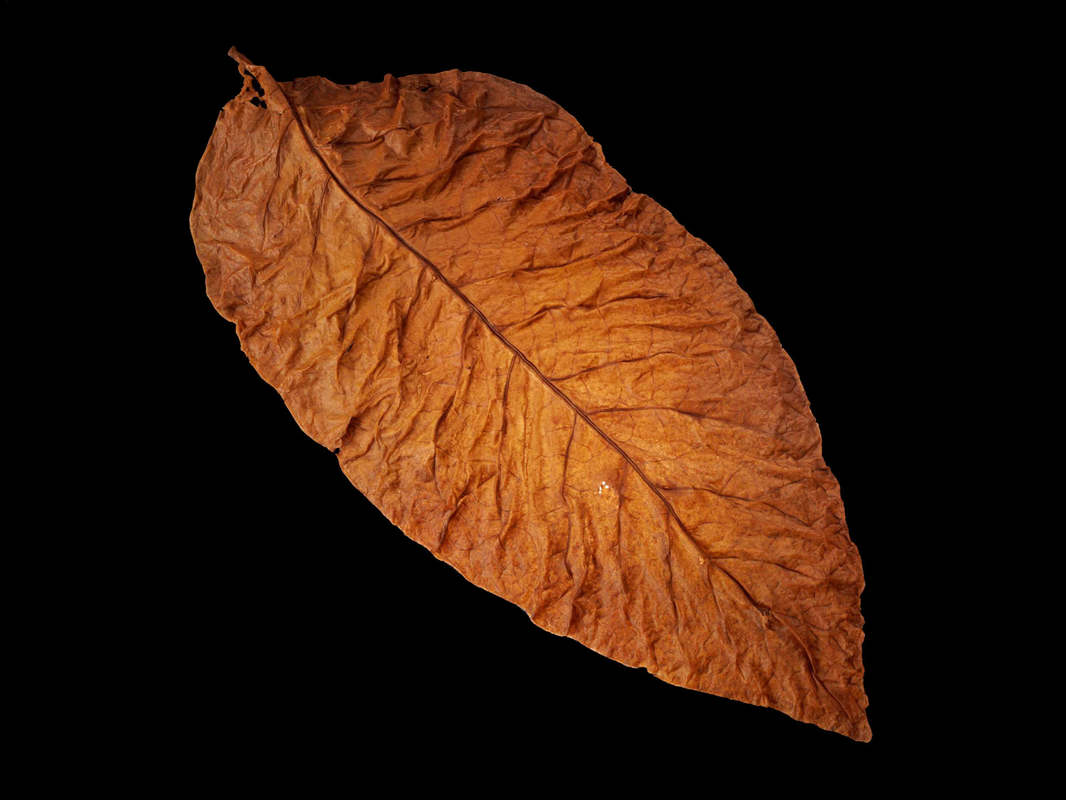
Perhaps I'm not the best person to write about tobacco or farming since I have never owned a pick-up truck and haven't done a day's worth of back-breaking work to plant, maintain, or harvest crops. I don't recall going to a tobacco auction - although they were once so common here that I heard the auctioneer's chant and saw the frenzied activities inside many times when I passed a warehouse. The truth is I have no expertise in anything to do with tobacco - except - I grew up in Wilson, North Carolina when it was known as the "The World's Greatest Tobacco Market" and maybe that's all it takes.
Kennedy and Johnson were the Presidents for the majority of the first full decade my youth. Patsy Cline was falling to pieces, Johnny Cash was burning in the ring of fire, while Elvis Presley was returning to sender. There were two local stations, WGTM, named after Wilson's famous slogan, and WVOT, (Wilson's Voice of Tobacco) that played these country and pop classics often and everyone listened including those working in the fields, at the tobacco companies and in the warehouses. "The Golden Weed" was the restaurant with the longest lines because people from all backgrounds - from the poorest laborers to the wealthiest warehouse owners - loved the food and generous portion sizes. It's the place my always-hungry grandfather would sneak into for his "real" lunch after his wife served him a diet meal at home. Nash Street, Raleigh Road and the surrounding neighborhoods were resplendent with beautiful homes built by the hard-earned profits from tobacco and palatial homes built by successful planters dotted the county too. Local businesses hung framed tobacco leaves right alongside pictures of the Governor and the North Carolina state flag. Reminders that tobacco was king were everywhere.
In the spring, tobacco seedlings were planted in freshly harrowed ground. Row after row of deep ruts between the plants helped the plant grow a longer taproot so it could more easily reach moisture. Mile after mile, fields were everywhere and had a repetitious look - with each plant a mirror image of the other - and the fields stretched to infinity. Or until they reached a tall, rectangular barn, usually wood, sometimes metal, but almost always with lean-to shelters hastily tacked onto the side. The lulling, somehow comforting monotony was broken only by lush, green woods of mostly pines, entwined with wild vines of honeysuckle and briars, the infrequent simple, utilitarian farmhouses and an occasional simple, frame Church.
With the right combination of sun and rain, the small tobacco plants set in the spring, would grow all summer and in late summer, would be picked, tied to stakes and dried in barns. In the fall, it would complete the Wilson part of its life cycle in one of the many warehouses that dominated the south-western side of downtown before going to the manufacturers.
Golden brown and stacked on pallets, the golden leaf was loaded onto trucks at the farm and taken to be sold at tobacco auction warehouses like Hi-Dollar, Farmer's, Centre Brick, Liberty or Smith's. Each of these buildings sprawled over a city block, sometimes two, and while many of these warehouses had simple edifices, a few others were more effusive with their architecture. Exterior walls were laid in intricate brick patterns and towering over the building corners were turrets, more often seen on English castles than tobacco warehouses - but here they were. Others sported row after row of beautifully arched windows with soldier course brick arches and copper accents.

Inside the warehouses was space that was dominated by men - a rural, simple version of a men's club with all the dark wood the title implies. The dim interior was cavernous, one enormous open space punctuated with large, roughhewn beams and trusses holding the weight of the roof. Row after row of glass-covered skylights punched through the ceiling so that lighting wasn't necessary on sunny days. The interiors, with simple, masculine lines, stood in sharp contrast to the interiors of the highly embellished and smaller neighboring shops featuring fanciful tin ceilings, geometric black-and-white tiled floors, and decorative cabinetry. But once the tobacco was loaded into the building, the dormant warehouse came alive with activity and sweet aroma couldn't be contained - even by the huge space - and it drifted all over town.
In the still-warm fall air, the delicious, sweet fragrance of the dried golden leaf spread all over Wilson, dominating the air. It would find its way from a miles-away warehouse and through my open bedroom window. I would wake up, quietly lay in bed and simply enjoy the aroma. Its unlike anything I've ever smelled - not like a fresh tobacco plant and certainly not like the tobacco in a cigarette being smoked, although someone similar to fresh, cherry-flavored pipe tobacco. I loved the scent then just as I do now. The sweet yet pungent smell, complex yet mellow, rich but delicate - still invisibly wafting from the few processing plants in Wilson - instantly transports me back to my childhood.
In the 70s, smoking was recognized as a health hazard. The dye was cast and the long lasting tobacco dynasty was coming to a slow - and for Wilson - a painful end. Over the following decades, tobacco sales slowed, and one after another of the downtown warehouses closed, were demolished for the beautiful brick and desirable heart-pine or caught fire and burned spectacularly, with all of the old wood fueling the flames with its highly flammable pine-sap.

Fortunately, a few survived. The old Center Brick Warehouse, which I've passed so many times I hardly noticed the empty brick behemoth, was one that did. Today it's being renovated and converted into 90 luxury apartments. Across the street, on land where another tobacco warehouse burned, is the Whirligig Park, a testament to Vollis Simpson, tobacco farmer and folk artist, who's greatest pleasure was turning ordinary materials - tin, metal wheels, old signs, reflectors, steel poles and engine parts - into whimsical art. This art isn't static - it's always moving, spinning, turning - even in the slightest breeze - capturing the eye, mind and heart. When the wind really blows hard, the whirligigs are a conglomeration of frantic spinning and turning, in every dizzying direction imaginable. Originally Vollis built the whirligigs on the fields of his farm - perhaps old tobacco fields - and today the breezes that once carried the sweet smelling tobacco aroma into my bedroom turn his whirligigs. What started out as cast off materials are now folk art whirligigs that give a fascinating, ever changing view of art, form and function.
The harmful part of the tobacco story is well researched and known by all. But my story - like every story, including the history of tobacco and Wilson - is more complex. My heart has grown deep roots in the dark, rich soil of Wilson County and as my life became entangled in the lives of the places and people around me it became deeper, richer and more full. Life has been very sweet up to this point but like all things - certainly Wilson's famous golden leaf - that might change. For now, I'm grateful for my family, my life so, my experiences and knowing by heart the sweet smell of tobacco, waiting to be sold.


Subscribe to my blog.
Comments
Leave a Reply
Your email address will not be published. Required fields are marked *.